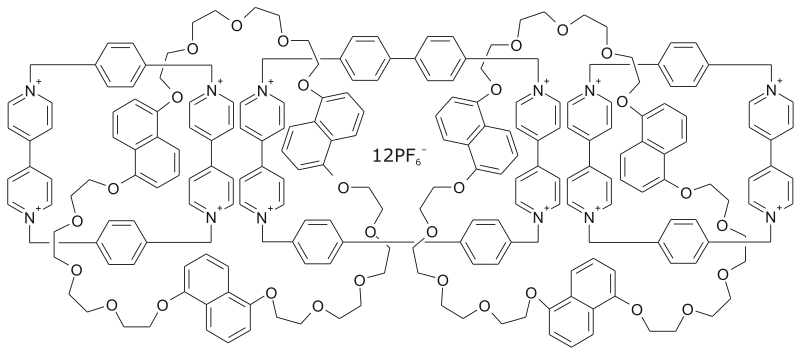Lately in Daphne’s class, we’ve been discussing art restoration and art analysis as it relates to chemistry. I find all this highly fascinating because of the specific challenges that each piece of art raises. No one piece of art is the same nor has it endured the same environmental stresses, so it is imperative to approach each piece of art as a completely unique case.
While this is all fine and dandy and could potentially be a career choice for myself, I began to ponder chemistry in art on a larger scale. I know pigmentation in paintings and frescoes deal with chemistry, but people have been using pigments before they had an actual periodic table and when chemistry was alchemy.
Thus, the question I began to ponder was, what types or what specific works could not be possible without modern chemistry? I pondered for a while and thought of nothing. It seemed to me I could not make the connection, or the ones I could think of were way beyond my comprehension, such as the new exhibit in the new international in Hartsfield-Jackson. Then, I thought about something that I believe every chemistry nerd has done.
This is REALLY cool. Acrylic pixels respond to electric pulses.
Thus, I would like to present the modern concept of chemical structures. You know, the basic structure for H2O and benzene. These could be considered “art,” but they have a practical function. Chemical structures are an interesting medium because the chemistry involved is totally theoretical, but is absolutely awesome (Those of you who have seen my back know I don’t use the word awesome lightly). Chemical line art is really fun. I cannot detail to you how much time was wasted in organic chemistry class by drawing pictures with actual chemical structures. I’ve drawn structures from cars to a cat. This isn’t a novel thing for students though, even 15 year-old Emily Claudill doodles with chemical structures. She was a regional finalist in Google’s Doodle 4 Google 2010 contest.
Why hasn't this girl won a Nobel prize yet?
Also, sometimes theoretical doodles do become reality. Everyone knows about the Olympics, especially with London preparing for their Olympic games. Now, the smallest Olympic logo POSSIBLE has been developed with chemistry. It is also the smallest five-ringed structure possible. Our friends, Anish Mistry and David Fox, at the University of Warwick developed an actual synthesis for this molecule.
So many loose electrons, I wonder what her mama would say.
However, the image using atomic force microscopy is about infinitely creepier looking. I wouldn't go to those Olympics.
Isn't this something Scully and Mulder encountered?
What I find even more surprising is that researchers have developed larger molecules before that look like the Olympic Rings. Researcher Fraser Stoddart developed a catenane that supposed looked like the Olympic rings. Given that this molecule was developed without having a practical purpose in mind, I think he really failed at its purpose…
I honestly don’t see it.
So folks, this is artwork in pure chemical form. While some of it is theoretical such as those doodles in everyone’s orgo notebook or actual synthesized molecules, chemistry is being used as art.
(Images taken from wikipedia. Video taken from youtube. Image of google structure, taken from google. URLs embedded in images)
(Images taken from wikipedia. Video taken from youtube. Image of google structure, taken from google. URLs embedded in images)




LOL I agree with the olympic ring it really kind of failed its purpose haha!
ReplyDelete